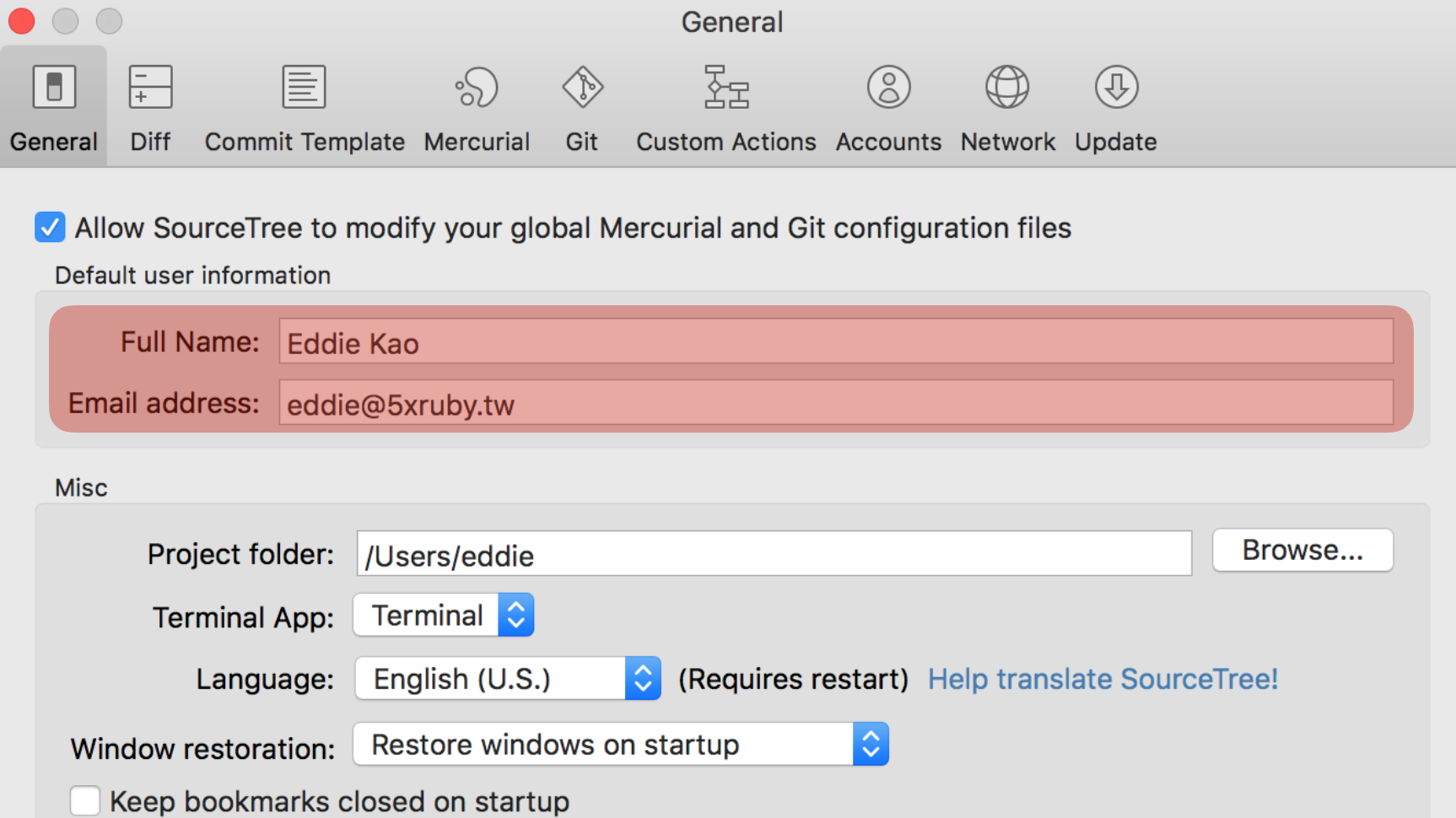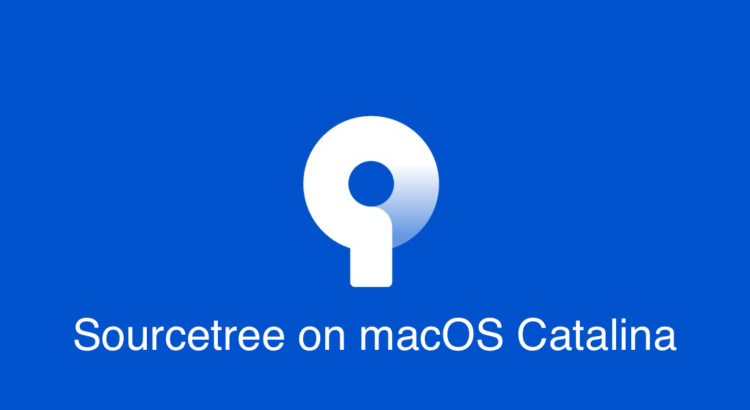Question or issue on macOS:
I’m using OSX and want get a svn repo into a local git repo using sourcetree.
Oct 20, 2019 macOS Catalina also needs the developer to notarize the apps for trustworthy. Most of the third-party apps will fail at the identification or notarization part leading to prevention of usage on Mac. In most case, you may be using it for long time, and it is not quite easy to inform the developer to update the app. Get more done with the new Google Chrome. A more simple, secure, and faster web browser than ever, with Google’s smarts built-in.
When I add a bookmark using sourcetree using SVN URL, thus sourcetree knows it’s a SVN url, but when I click the clone button, it reports an error like following:
I don’t how to get it through. Can anyone give me a pointer on how to do this?
How to solve this problem?
A free Git client for Windows and Mac Sourcetree simplifies how you interact with your Git repositories so you can focus on coding. Visualize and manage your repositories through Sourcetree's simple Git GUI. Sep 15, 2019 In this article, I am showing an easy solution using which you can add your SSH-Keys in SSH-Agent automatically on startup in macOS. SSH-Keys are an essential tool for every PHP developer.
Solution no. 1:
I hit this missing SVN/Core.pm issue recently with el capitain.

Fix I used was from Paul Schreiber’s blog :
Commenters below, say this worked on sierra and high sierra too.
Solution no. 2:
Or, if you don’t have Xcode, just CommandLineTools (this is on ElCapitan 10.11.6):
If you previously linked some older version or just made a mistake so it gives you: File exists, then you should first do
for whichever file was reported as already existent, of course.
EDIT Dir doesn’t exist: (suggested by @rogeriopradoj)
EDIT Sierra:
After upgrading to Sierra I lost CommandLineTools, so I just had to reinstall it and everything was back to normal.
This will prompt you to install just the CommandLineTools, not the whole XCode.
xcode-select --install
Hope this helps someone 🙂

Solution no. 3:
In my case, it is because different versioned perl was installed by brew as dependency of some formula, and override the system’s default version.
So the resolution for me is to relieve the overridden as described following.
when type which perl and perl -v, I find it not the system default version:
which should be v5.18.2 according to the git svn error messages.
I guess it is because the different versioned perl was installed by brew as dependency of some formula, and override the system default version.
To prove it, try to move /usr/bin before /usr/local/bin in $PATH, then perl was fallback to the system’s default version:
and perl -V list the @INC just satisfy the Can't locate SVN/Core.pm in @INC requirements:
type git svn and everything works well!
Solution no. 4:
Plus to the highest answer,
If you are using souceTree, simply paste command line may not work immediately.
In that case, you may need to check git used in your sourceTree, which should be set as System git.
Solution no. 5:
Xcode 11.4 no longer includes SVN/Core.pm in its Perl bindings!
If you’ve never installed the commandline tools and Xcode 11.4 is the first version you’ve run you will see this issue. Running xcode-select --install returns error: command line tools are already installed, use “Software Update” to install updates, which is accurate but non-obvious that your installed commandline tools differ from what you would get if installed outside of Xcode 11.4. The solution is to first remove these, then install the commandline tools using xcode-select.
Solution no. 6:
Thanks Marko, I did find that on ElCapitan 10.11.3 I had to symlink to a different area. Not sure why, but it works.
Solution no. 7:
I got the same issue on Macos Mojave 10.14.1. Because I used the built-in version of git, and it’s too lower(2.19.0). I fixed it by upgrade git to the latest version(2.21.0), and I found 2.19.1 also has no this issue.
Solution no. 8:
The solution for me was to delete the password entry in the OSX key ring app, and have git svn re-create it. My key entry has been created earlier (by svn I suppose), and it seems that git cannot use this key entry (nor fix it nor add a second one).
The long story: I noticed that when unsing “system git” in SourceTree, there seemed to be a problem storing the credentials. When I entered the same git command (that SourceTree is issuing) on the command-line, git kept prompting me for my password each time.
Then I found https://stackoverflow.com/a/39800112/580672
If you are interested, my setup was:
- No Xcode, only Command-Line tools (so I adapted the paths as mentioned in a post above ( https://paulschreiber.com/blog/2015/11/09/fixing-git-svn-on-os-x-el-capitan/comment-page-1/#comment-437843 )
- Homebrew has svn and perl installed
I had tried with no success:
- “embedded git” (yields the @INC error)
- “system git” (different error: “Username: Use of uninitialized value $ret in chomp at /usr/local/Cellar/git/2.21.0/share/perl5/Git.pm line 596.”)
- put usr/bin in front of my PATH as suggested above
- force-uninstalled perl in homebrew
All without success. The solution was system git and the key entry, as stated above.
Solution no. 9:
I’ve found that the best solution is to expand the list of directories in @INC using an export
Referenced from: https://perlmaven.com/how-to-change-inc-to-find-perl-modules-in-non-standard-locations
Solution no. 10:

Manage to fix the same issue by changing the first line in /usr/local/Cellar/git/2.29.2/libexec/git-core/git-svn
to#!/usr/local/bin/perl
Hope this helps!
Many Open Directory problems can be resolved by taking the following steps. Test after each one, and back up all data before making any changes.
1. The OD master must have a static IP address on the local network, not a dynamic address.
2. You must have a working DNS service, and the master's hostname must match its fully-qualified domain name. To confirm, select the server by name in the sidebar of the Server application window, then select the Overview tab. Click the Edit button on the Host Name line. On the Accessing your Server sheet, Domain Name should be selected. Change the Host Name, if necessary. The server must have at least a three-level name (e.g. 'server.yourdomain.com'), and the name must not be in the '.local' top-level domain, which is reserved for Bonjour.
3. The primary DNS server used by the master must be 127.0.0.1 (that is, itself) unless you're using another server for internal DNS. The only DNS server set on the clients should be the internal one, which they should get from DHCP if applicable.
4. Follow these instructions to rebuild the Kerberos configuration on the master.
Sourcetree Mac Catalina Update
5. If you use authenticated binding, check the validity of the master's certificate. The common name must match the hostname and domain name. Deselecting and then reselecting the certificate in Server.app has been reported to have an effect in some cases.
6. Unbind and then rebind the clients in the Users & Groups preference pane. Use the fully-qualified domain name of the master.
7. Reboot the master and the clients.
Mac Catalina Update
8. Don't log in to the server with a network user's account.
Sourcetree Mac Catalina Download
9. As a last resort, export all OD users. In the Open Directory pane of Server, delete the OD server. Then recreate it and import the users. Ensure that the UID's are in the 1001+ range.
Jul 19, 2014 5:43 PM
